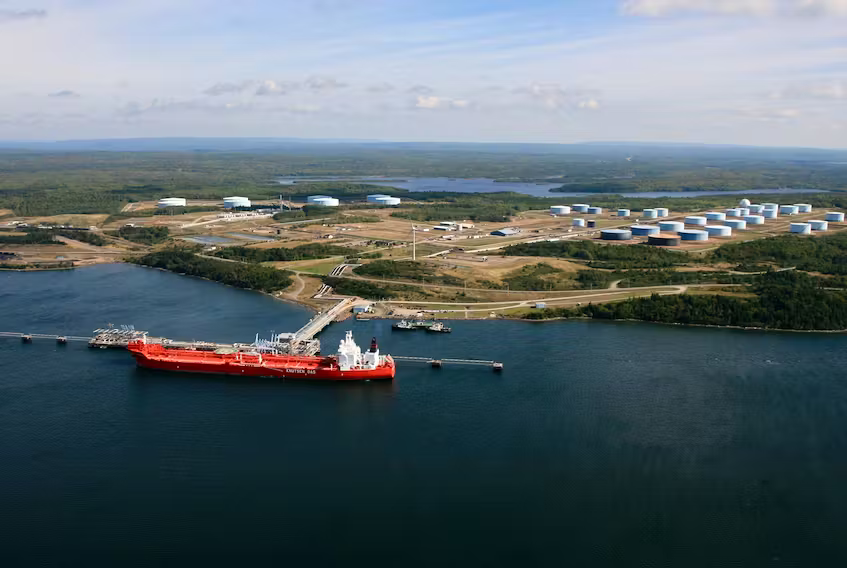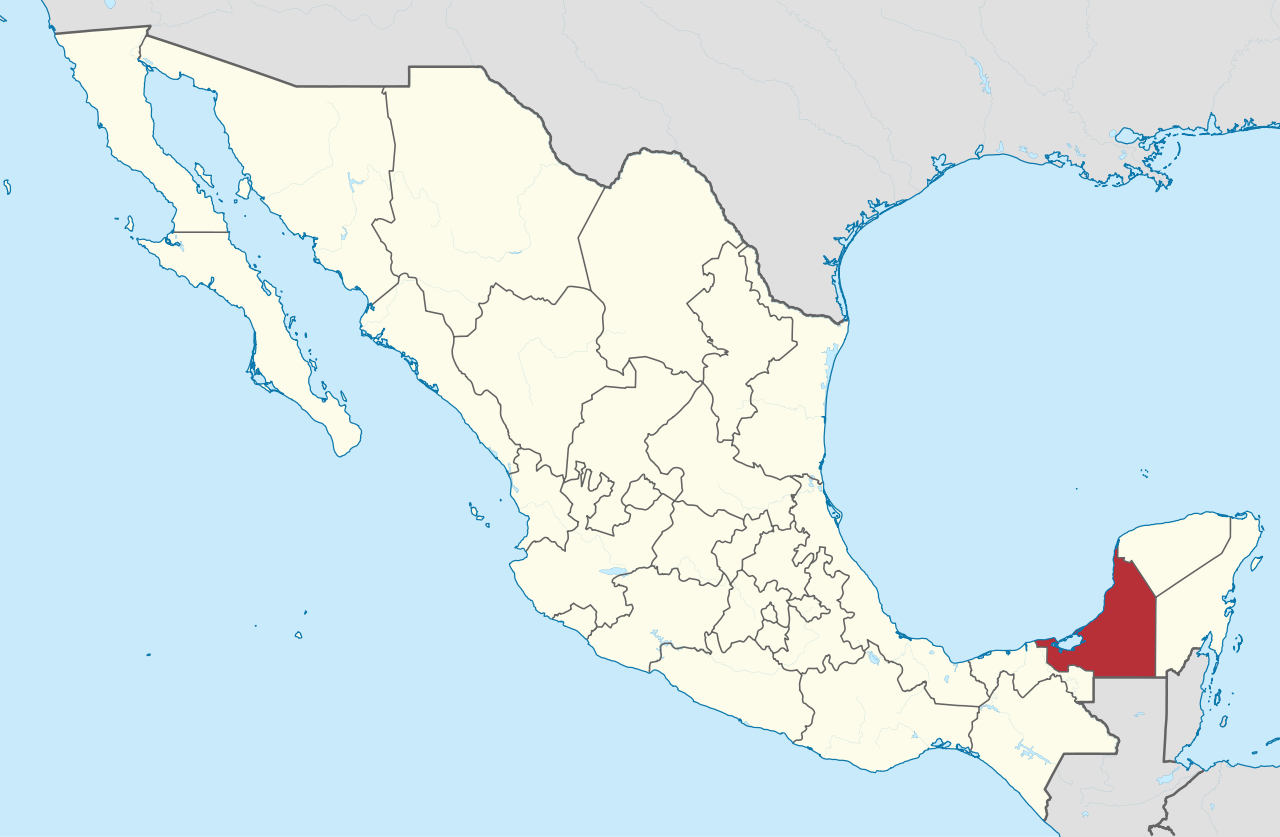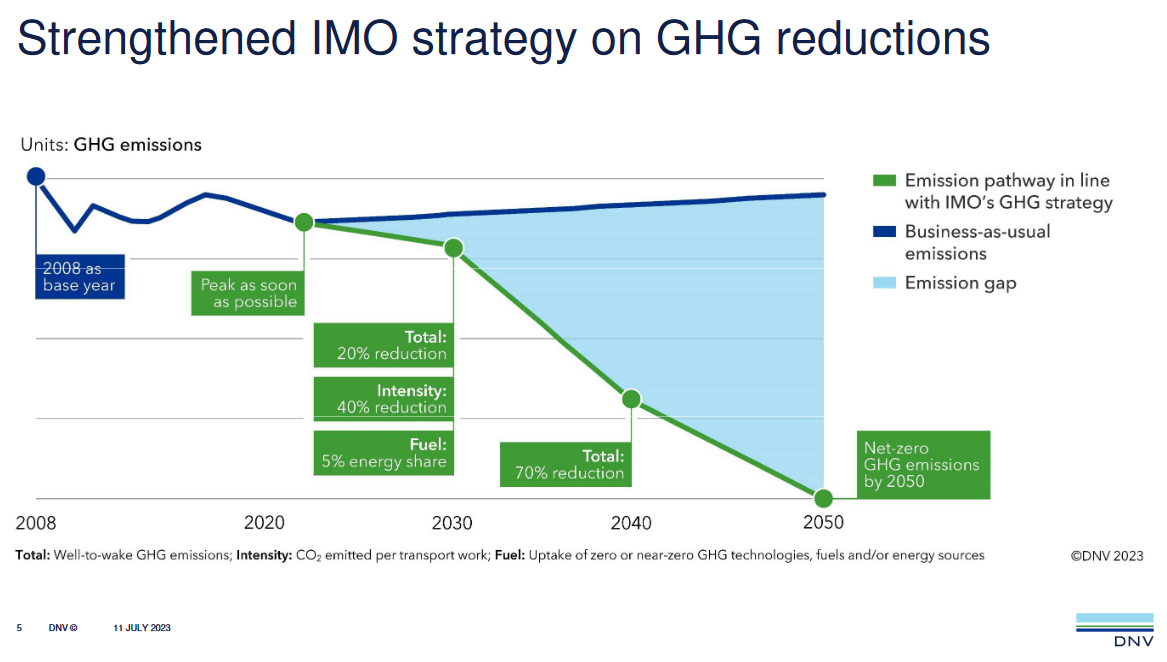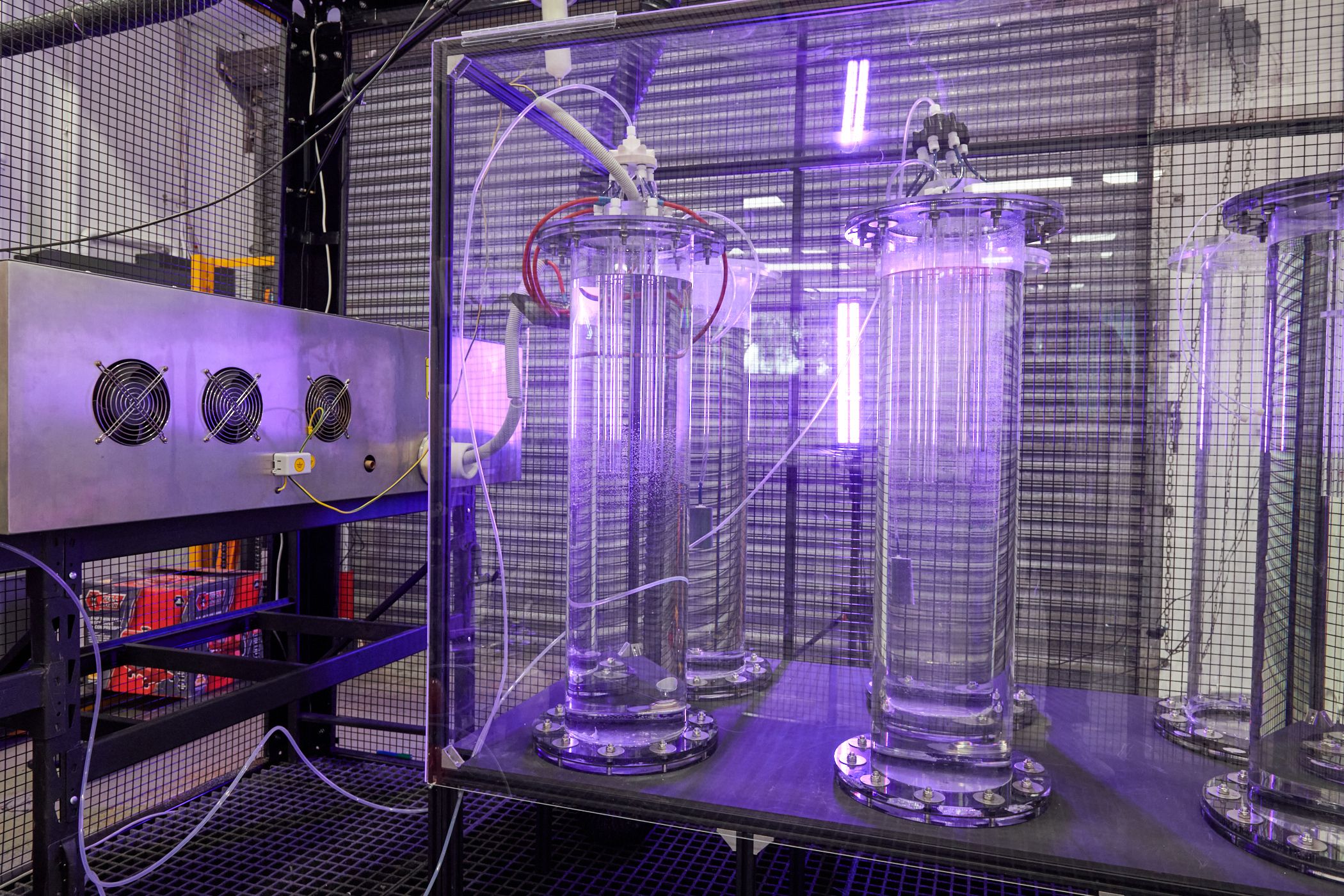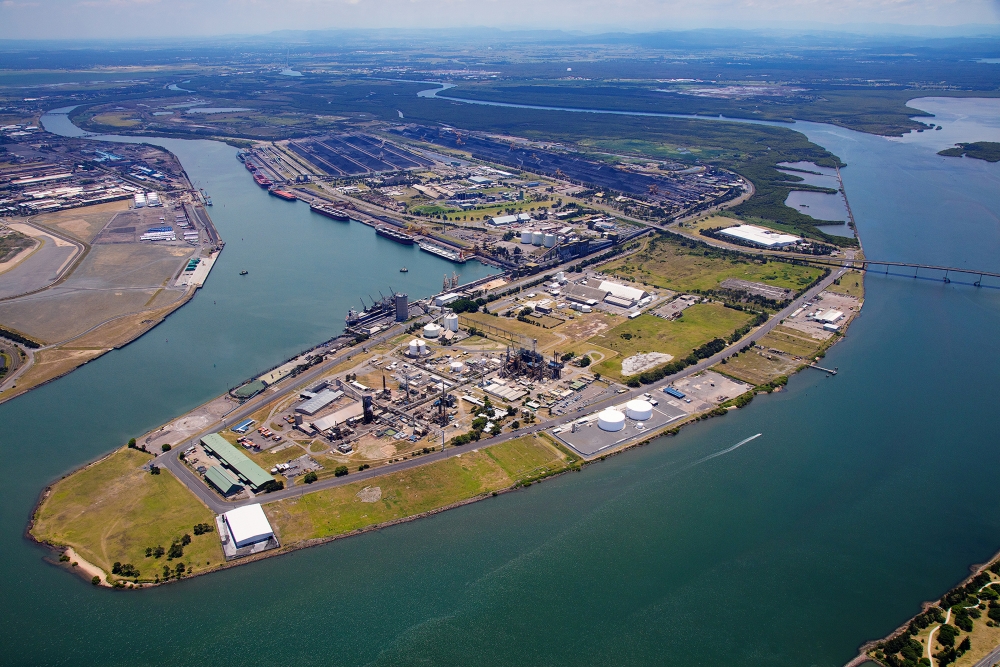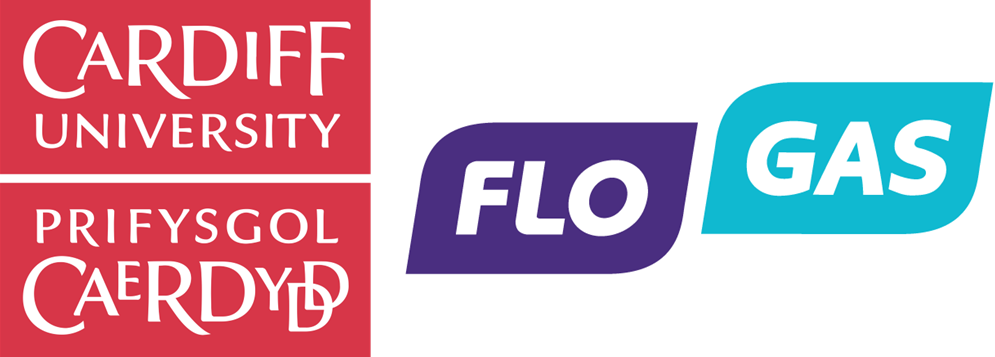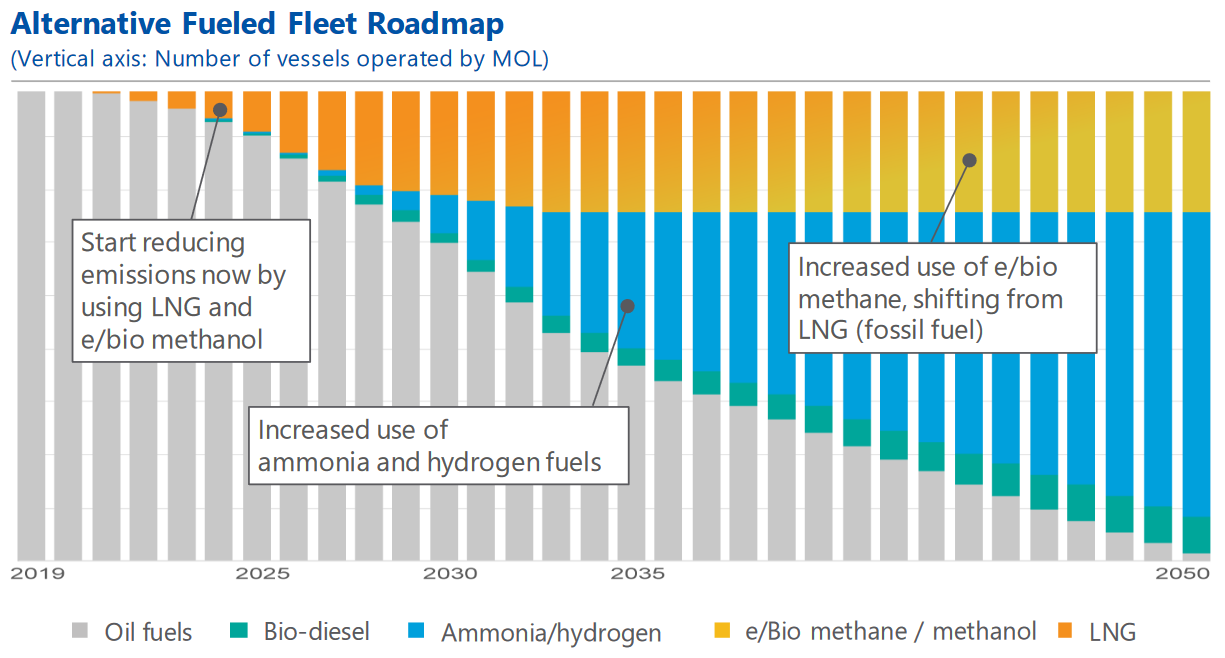EverWind acquires onshore wind power for Nova Scotia mega-project
Three wind farms totalling 530 MW will be developed in partnership with RES & First Nation communities to help power the first phase of EverWind Fuel’s mega-project in Point Tupper. EverWind is also planning the development of a further 2 GW of onshore wind energy, plus a 300 MW solar farm. Ammonia from Point Tupper will be exported to the EU, beginning in 2025.
